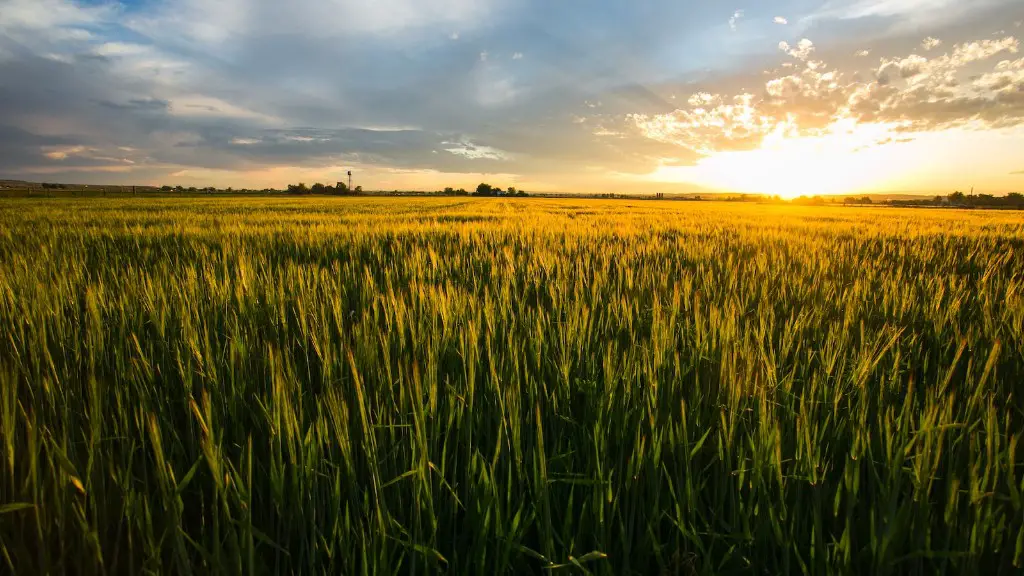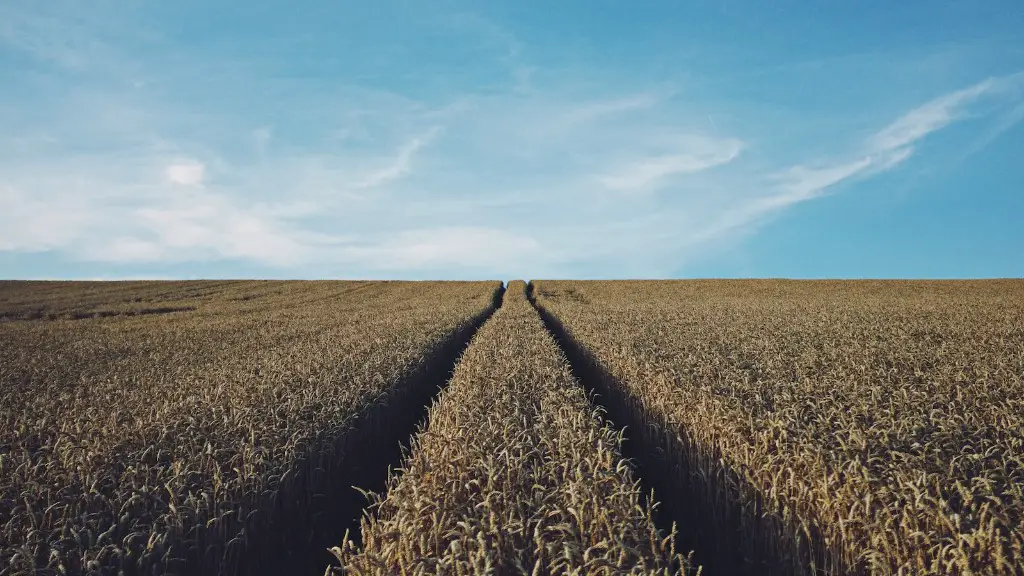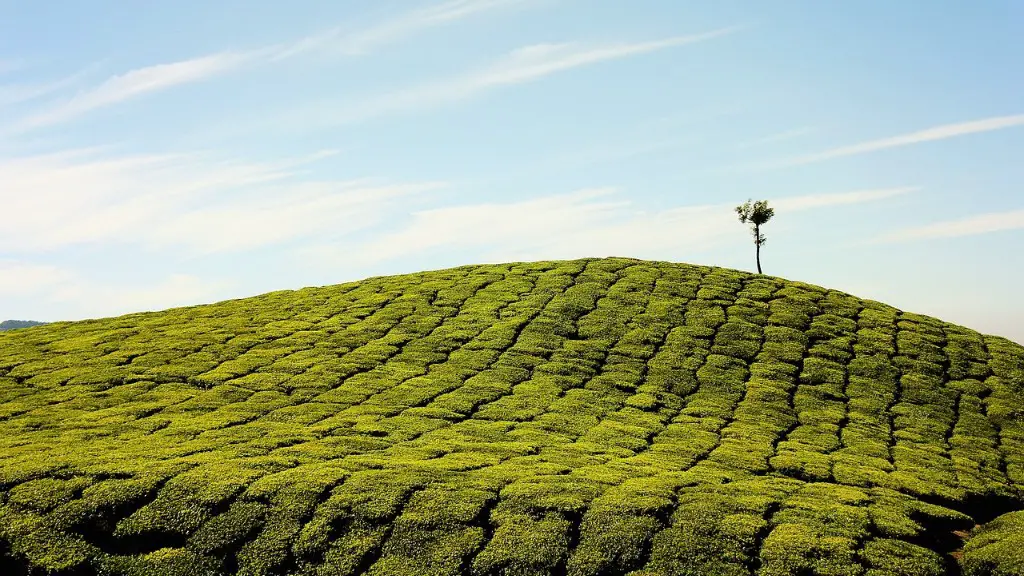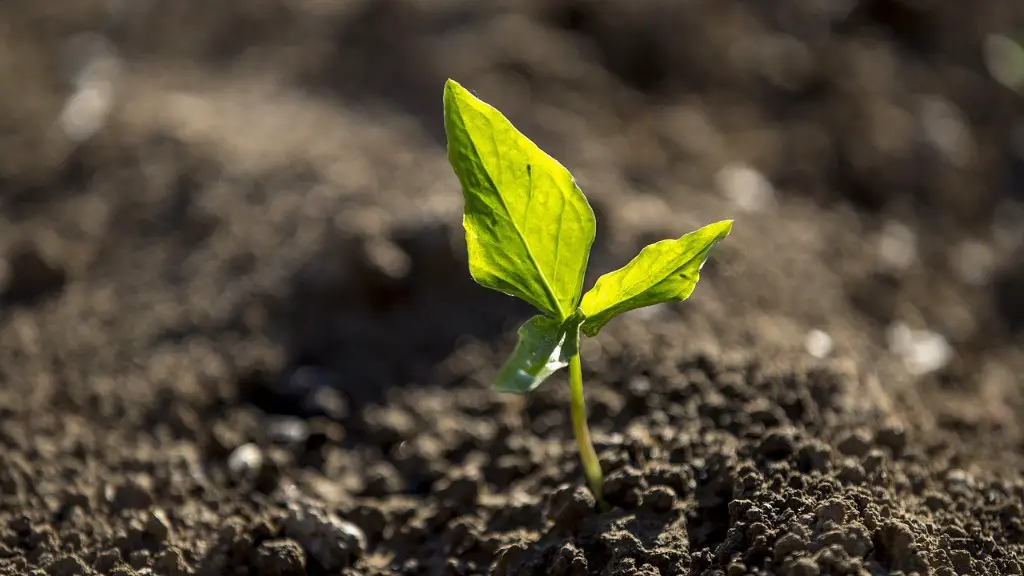Rouging in agriculture is an important concept that is used to maintain crop health and increase yield. It involves the removal of diseased plants or parts of plants in order to limit the spread of disease within a crop. This includes removing any plant debris that has disease symptoms, such as yellowing or wilting. Removing the infected plants or plant debris helps to reduce the spread of pathogens, thus improving overall crop productivity.
Rouging typically involves cutting infected plants from a crop or field, usually at the crown, removing their roots, or leaving only the stem. If a field is showing signs of disease, the affected plants may be marked for easy identification and removal. It is a process which requires careful monitoring and fast action, since diseased plant material can spread disease to neighboring fields or crops quickly.
In addition to removing infected plants, rouging also involves removing weeds, dead plants, and clippings of affected plants from a crop, as these can all harbor pathogens and act as a source of infection. It is also important to rotate crops, as rotating between different cropping systems reduces the likelihood of soilborne diseases.
Rouging is a preventative measure which is used to control and reduce the effects of diseases. By removing certain plant material and rotating crops, it is possible to reduce the likelihood of a pathogen spreading and ultimately increase crop productivity. This is important as diseases can severely reduce yield and impact profitability.
Rouging is not only used in agriculture, but also in horticulture where it is used to control pests and diseases in ornamental plants, as well as in forestry where it is used to manage the spread of insect pests and diseases. It is an important tool in maintaining a healthy crop, and one which should be taken seriously.
Benefits of Rouging
Rouging has a number of benefits when it comes to managing crop health and increasing crop yield. Firstly, it reduces the spread of disease, as it eliminates sources of infection, such as weeds and infected material. This can help to reduce the severity of outbreaks and ultimately improve yields.
Secondly, rouging helps to promote crop rotation, as this reduces the likelihood of soilborne diseases, as well as reducing the incidence of certain insect and disease pest species. It also allows farmers to switch to different crops, such as cover crops or winter annuals, which can help to suppress certain pests and diseases, thus improving crop productivity.
Rouging also has an economic benefit, as it reduces the amount of money which is spent on fungicides, herbicides and other pest control measures. This, in turn, helps to reduce production costs, allowing farmers to make a greater profit.
Finally, rouging helps to improve soil health and fertility, as the removal of diseased material reduces the amount of pathogens in the soil and the removal of weeds helps to improve soil structure, both of which contribute to healthier, productive soils.
Potential Drawbacks
Despite the benefits of rouging, there are also potential drawbacks that should be considered. Firstly, rouging requires careful monitoring to ensure that diseased material is efficiently and correctly identified and removed. If this is not done correctly, the disease may spread to other fields or crops.
Secondly, rouging can be time consuming, as it often requires the manual removal of infected plants, as well as monitoring and recording of infestations. This can be difficult to manage with larger crops.
Finally, rouging is not effective against pests and diseases that are airborne, such as fungal spores. In this case, other control measures may need to be taken.
Conclusion
Rouging is an important tool in agriculture, as it helps to reduce the spread of diseases, promote crop rotation and reduce production costs. While there are potential drawbacks, such as the potential for disease spread, careful monitoring and implemented control measures can help to reduce the risks associated with rouging.



